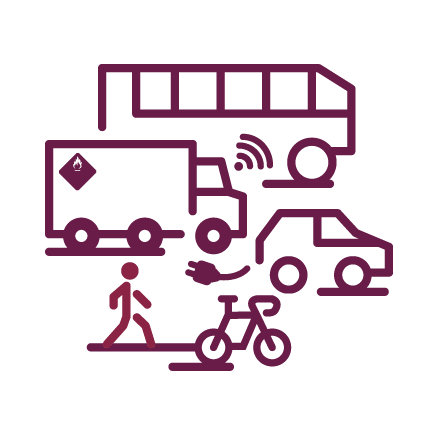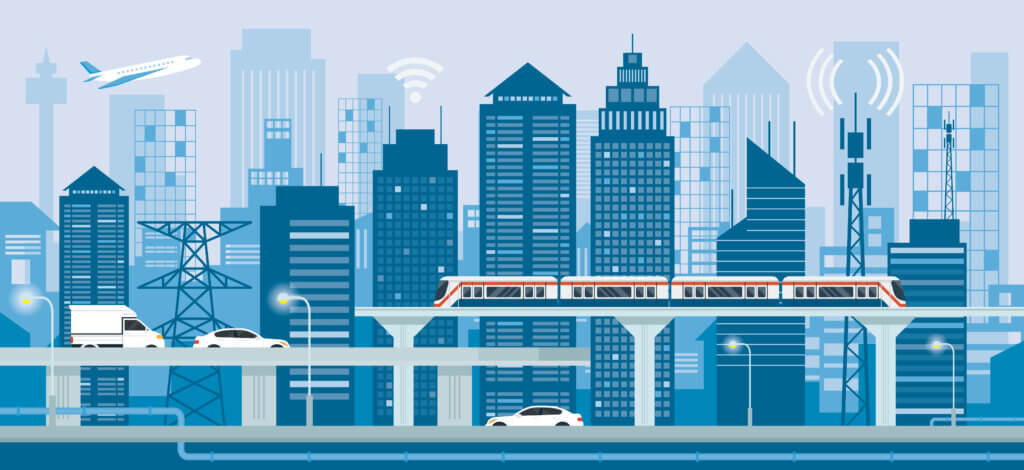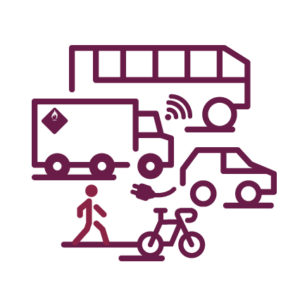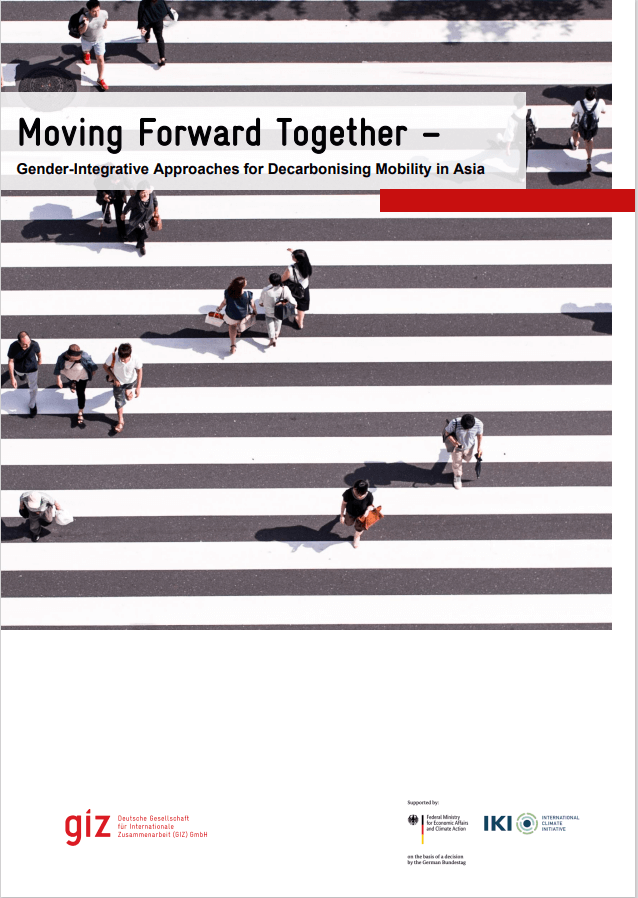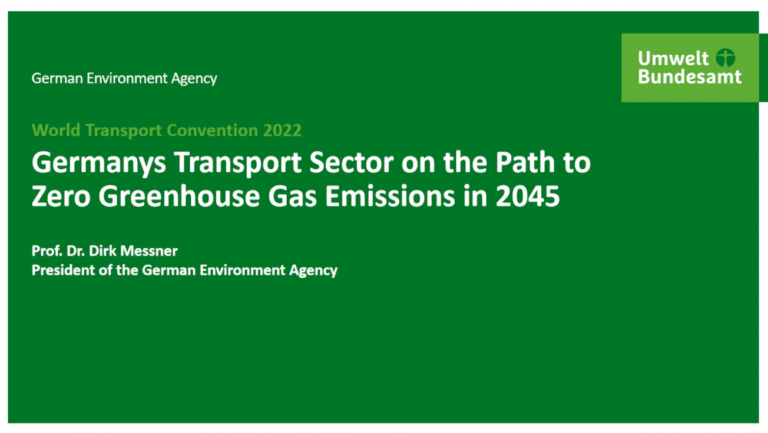The Chinese State Council released a Work Plan for Controlling Greenhouse Gas Emission during the 13th Five-Year Plan Period (2016-2020) last month. This plan is designed to ensure the completion of the low-carbon development tasks identified in the 13th national five-year plan and to achieve the peaking of carbon dioxide emissions around 2030 and making the best efforts to peak early.
The key objectives by 2020 are to lower carbon dioxide emission per GDP unit by 18% of 2015 emission level. By 2020, carbon dioxide emission per turnover unit of commercial truck, coach, and ship will be respectively reduced by 8%, 2.6%, and 7% in comparison to 2015 levels. The carbon dioxide emission of urban passenger transport per unit volume will be reduced by 12.5% compared to 2015.
The key measures to be taken to achieve those goals are:
1. Lower carbon emission in the transport industry and save energy by:
- Developing efficient freight transport modes, e.g. intermodal transport, drop and pull transport and common distribution;
- Developing a smart urban transport system and utilizing “internet+” technology to improve the operation efficiency;
- Improving the energy efficiency standard for transport equipment;
Increasing the number of new energy and clean energy vehicles in public transport as well as passenger and freight transport; - Deepening the mechanism of energy saving and low carbon technology.
2. Strengthening the energy conservation and environment protection monitoring capacity in the transport industry by:
- Optimizing administration institutions and standard systems for energy consumption and CO2 emissions to develop a green transportation system
- Enhancing statistics and monitoring:
o Creating an environmental data center for transport industry
o Optimize sharing of data
o Develop energy consumption statistics for commercial freight transport.
3. Working tasks to support the developing strategy:
- Support the green transport development in the Jing-Jin-Ji region;
- Build up a green comprehensive tridimensional transport corridor among the Yangtze River Economic Zone;
- Construct a green developing administration system of transport industry for “One Belt and One Road” strategy.
Besides, it is required to optimize and refine the priority transit oriented urban transport system, give priority development to urban rail, intelligent transport and non-motorized transport systems, and promote green transport modes. It is encouraged to make use of energy conservation, clean energy and new energy vehicles as well as to improve the construction of infrastructure facilities. By 2020, the production capacity of pure electric vehicles and plug-in hybrid electric vehicles will reach 2 million. In addition the cumulative production and sales volume will reach more than 5 million.
Furthermore, the following measures are required:
- Strict implementation of the standard of the fuel consumption limitation for passenger cars;
- Enhancement of the standard of fuel consumption limitation for heavy commercial vehicles;
- Research the carbon emission standard of new vehicles;
- Further implementation of the demonstration project of low-carbon traffic;
- Promotion of “1-3-5” green and low-carbon trip mode (on foot within 1 kilometer, by bike within 3 kilometer, by public transport around 5 kilometer).
